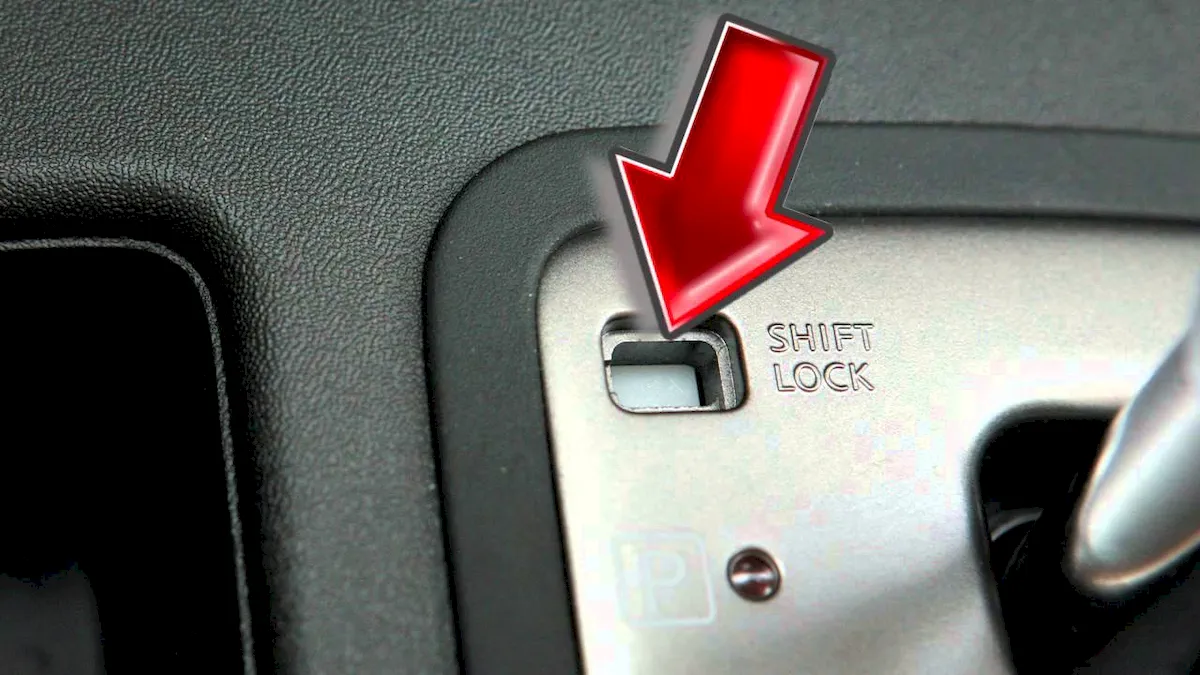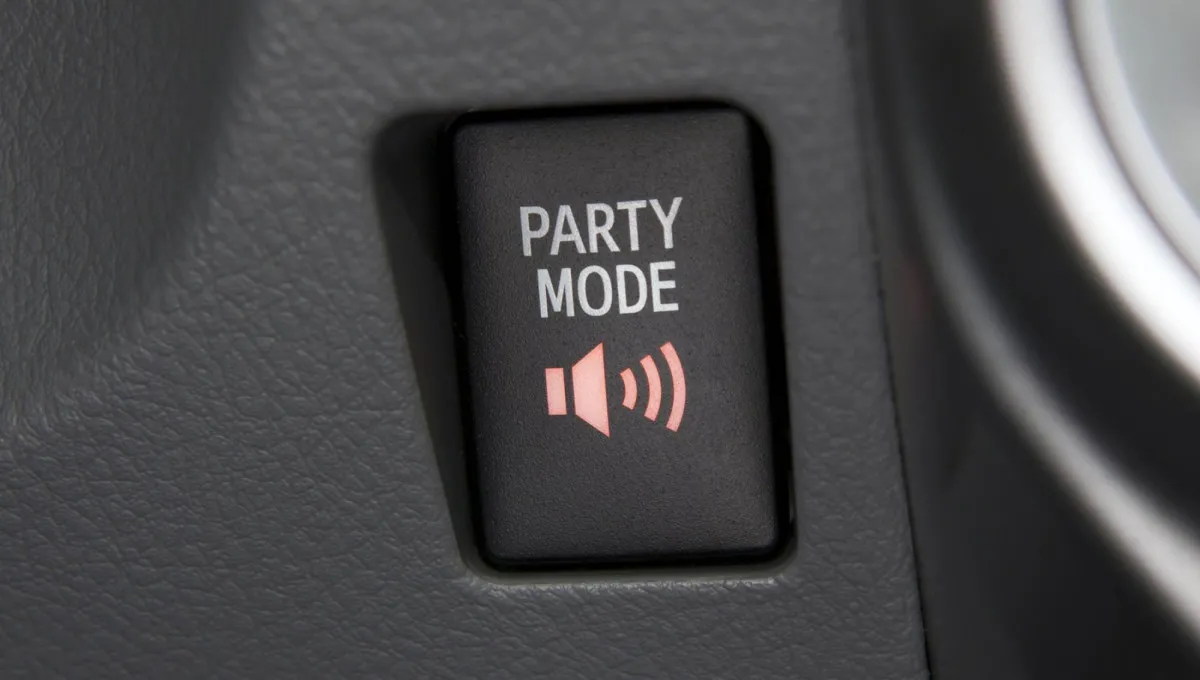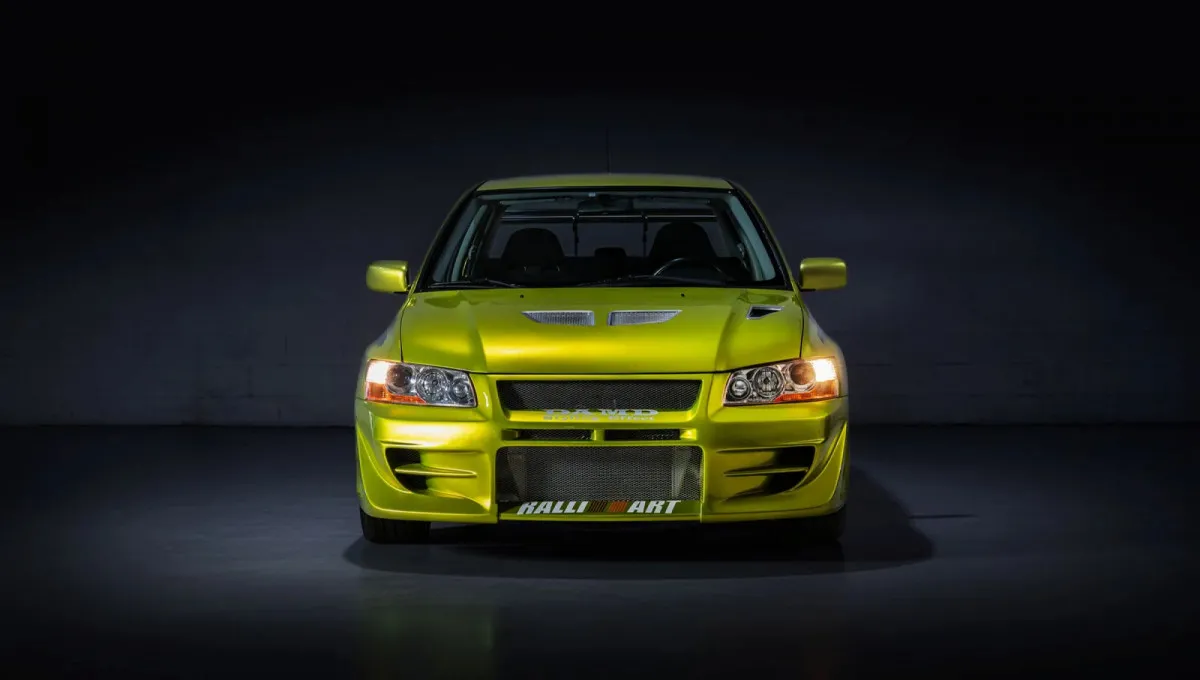Three Hidden Automatic-Transmission Buttons Even Veteran Drivers Don’t Know About — and Why They Matter
Plenty of drivers who use an automatic transmission every day are convinced they know it inside out.

Most drivers who live with an automatic transmission assume there are no surprises left. Yet even seasoned motorists often miss a few tucked-away features designed to make life behind the wheel a lot easier. Modern automatics hide several functions that rarely attract attention, but in the right situation, they can be incredibly useful.
Today’s “automatics” come in several flavors — traditional hydraulic designs, CVTs, and single- or dual-clutch automated gearboxes. Classic hydraulic automatics remain the most common; many have four or six gears and the familiar PRND layout. Some also include a manual-shift gate marked with plus and minus symbols.
OD / OverDrive
But look a little closer and you might spot another small, easy-to-overlook button: OD, short for Overdrive.

This button isn’t part of the main shifter layout. It’s usually placed on the center console or on the side of the shift lever, and occasionally it’s marked with a snowflake icon, hinting at winter use. The idea is simple: when OD is turned off, the transmission is prevented from shifting into its top gear. That holds the engine in a higher-rpm range — roughly 2,000 to 4,000 rpm — which is helpful on loose snow, slush, or soft surfaces. The engine stays closer to its maximum torque, giving the driver more pull and far better engine braking. On a four-speed automatic, disabling OD effectively limits the gearbox to the first three gears, offering noticeably more control.
Not every car uses a dedicated OD button. In some models, the same function is baked into a Sport mode that delays upshifts and keeps the engine in its stronger rpm band. Newer vehicles tend to integrate all of this into electronic drive-mode settings.
Shift Lock

Another feature few people know about is Shift Lock. It’s usually hidden under a small plastic cap next to the shifter. Its purpose is straightforward: it allows you to unlock the gear lever if the engine won’t start and the car is stuck in Park. If the vehicle needs to be moved, towed, or loaded onto a flatbed, Shift Lock lets you slide the transmission into Neutral even with a dead battery or an electrical fault. Without it, the shifter stays locked and the car becomes surprisingly difficult to move.
Kickdown

The third “invisible” function is one only meticulous drivers tend to know exists: Kickdown. There’s no visible switch — the mechanism is located underneath the accelerator pedal. When the driver pushes the pedal all the way through its final bit of resistance, the transmission instantly drops one or two gears, the engine jumps to peak rpm, and the fuel-and-ignition mapping shifts to maximum acceleration. It’s invaluable for passing, quick evasive moves, or getting out of a risky situation. In modern cars, kickdown is controlled electronically: stomp the throttle, and the computer triggers the same rapid-response shift logic.
Automatics, in other words, have more depth than most drivers realize. Knowing these hidden features not only expands a driver’s understanding of their car, but also makes it easier — and safer — to handle challenging driving conditions.
You may also be interested in the news:

How to Remove a Dent from Your Car’s Bumper Yourself: Simple Tips for Americans
It happens all the time — you’re backing up, miss a small obstacle, tap it lightly and end up with a simple dent in the bumper.

Five Mystery Buttons in Cars — Most Americans Have No Idea What They Do
Different brands feature unusual and unexpected buttons.

Safe Behind the Wheel: Three Zodiac Signs Known for Their Most Careful Drivers
Most people drive today, but few become truly exemplary motorists.

Paul Walker’s Original “2 Fast 2 Furious” Mitsubishi Lancer Evo Heads to Auction
Auction house Bonhams expects the cult car to fetch between €250,000 and €500,000.

The Start-Stop System Everyone Loves to Hate — Real Fuel Saver or Engine-Wear Myth?
Was this system created to annoy drivers, or does it actually serve a purpose?